
The price of impatience: Why being patient when selling your home pays off
What would you do? Say you’re about to move, but your current home hasn’t sold yet. Do you opt for a low asking price, which means a quick sale at a low(er) but acceptable price? Or do you opt for a higher asking price and wait for higher bids? Hans Koster and Jan Rouwendal investigated the behavior of home sellers in this specific situation. The study, titled “Housing Market Discount Rates: Evidence from Bargaining and Bidding Wars”, is forthcoming in the International Economic Review.
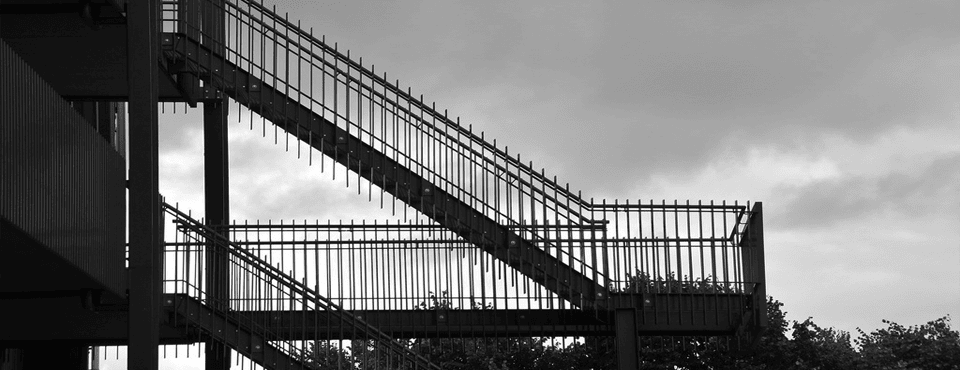
Neighbourhoods won’t be improved by banning the unemployed
Laws that ban unemployed people from moving to certain parts of a city are ineffective, according to research published in Economic Policy by Hans Koster and Jos van Ommeren. First, they do not materially change the demographic composition of targeted neighbourhoods by attracting households with higher income levels. What’s more, the laws have significant adverse side effects, because a negative stigma is created, as evidenced by lower house prices in targeted neighbourhoods.
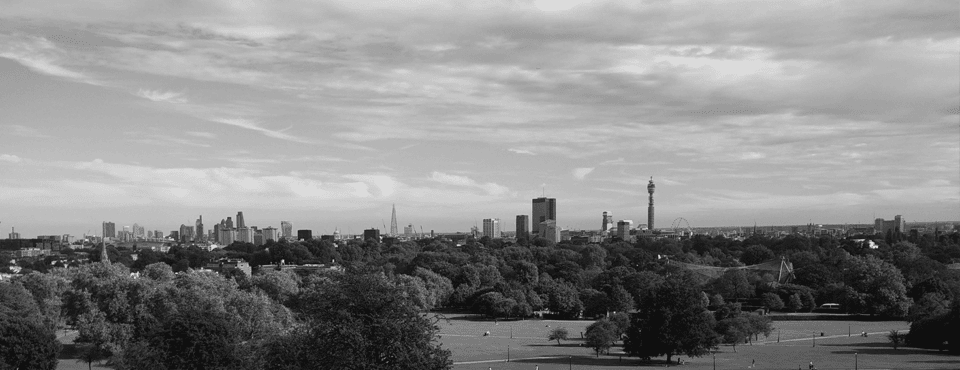
The effects of Greenbelt policy in England
Should we build in the city or open land outside the city? Are restrictions on urban expansion a good idea or not? Green areas around cities where construction is forbidden – called ‘greenbelts’ in England – serve to curtail the growth of cities. London, for instance, established its Greenbelt following World War II, effectively maintaining the city’s size at 1950s levels despite population growth. So the question is: What are the advantages and disadvantages of these greenbelts? I study this question in a recent article published in Economic Journal.
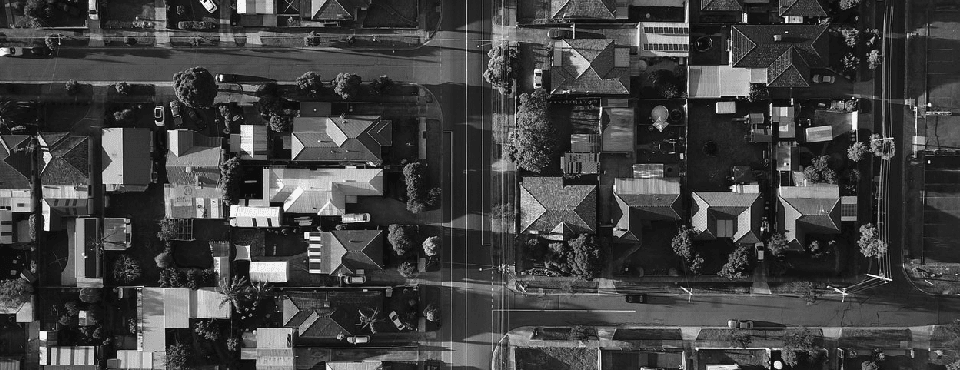
The housing market is under pressure: what can we do?
With the pressing shortage of affordable housing and rising home prices, housing is a top priority in the upcoming Dutch parliamentary elections. According to Hans Koster, Professor of Urban Economics and Real Estate at Vrije Universiteit Amsterdam, the housing crisis is complex due to a lack of clear short-term solutions. “Many policy measures do not address the core issue, namely the housing shortage.”
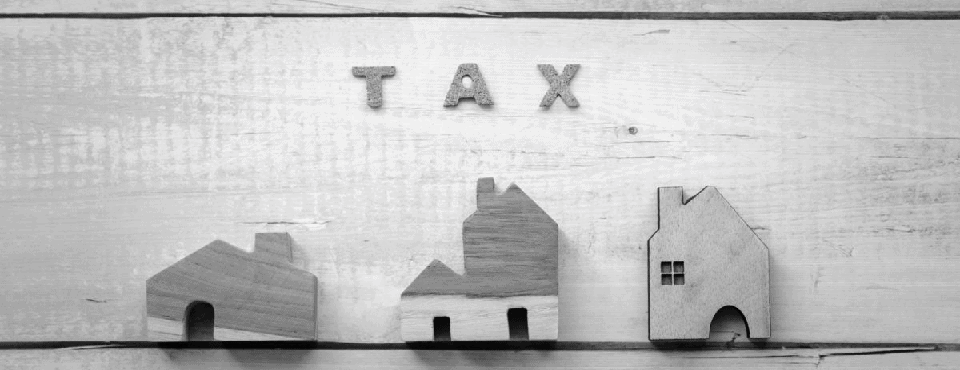
How much more will households pay for a home to avoid council tax?
This is a re-post from CEP Urban and Spatial Programme Blog Are you paying attention? In many situations research suggests not. For example, when we buy things online, on average we respond more to the purchase price than to the shipping cost. As the total comprises the sum of both costs, this doesn’t make sense.…
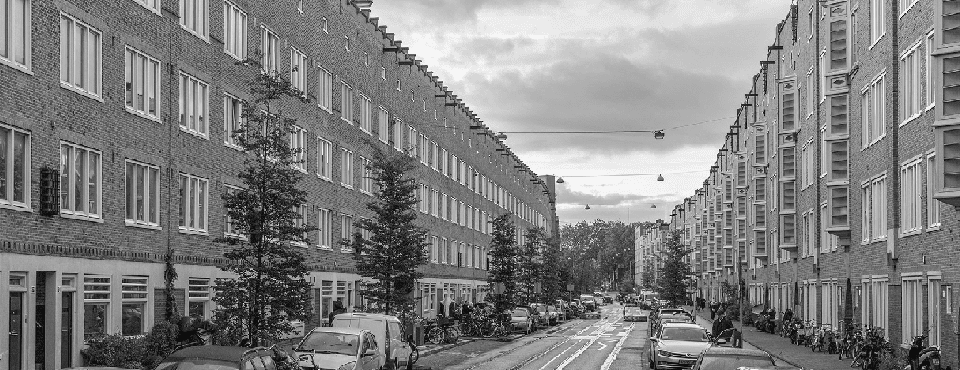
Higher parking prices reduce traffic congestion
Higher parking prices lead to a reduction in traffic congestion in Amsterdam. This is shown in recent research by Francis Ostermeijer, Hans Koster, Jos van Ommeren and Leonardo Nunes of the Vrije Universiteit. They find that the sharp price increase in 2019 has led to a 9% decrease in the number of paying policy parkers.…
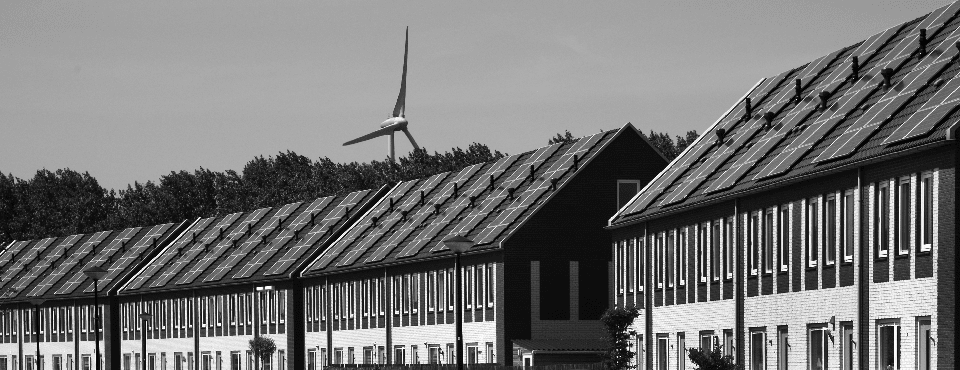
Wind and solar energy on land: the lack of local support
The Climate Agreement states that at least 35 terawatt hours of sustainable electricity must be produced on land by 2030. The plan is to generate about fifty percent of this sustainable energy by means of solar panels (of which a small part in solar parks) and the other fifty percent by wind turbines. This means that in the coming years many turbines and solar parks must appear in the Dutch landscape. If we indeed want to generate 35 terawatt-hours of renewable energy by 2030, this requires determination on the part of local policymakers to realise turbines. Solar parks are a nice addition, but not a substitute, since a medium-sized turbine generates about as much energy as no less than 28,000 solar panels. The arrival of a turbine and solar park must be accompanied by clear communication about the decrease in house value and any compensation or profit sharing that the construction of a turbine or solar park entails.

Reinventing cities: Evaluating effective urban policies
Repost from spatialeconomics.nl Cities are a very old phenomenon and, argued by many, one of the greatest human inventions. By 2050, two-thirds of the world’s population is expected to live in cities. The future of mankind is thus an urban one. With these words brand-new professor Hans Koster opened his inaugural lecture ‘Reinventing cities: Evaluating…
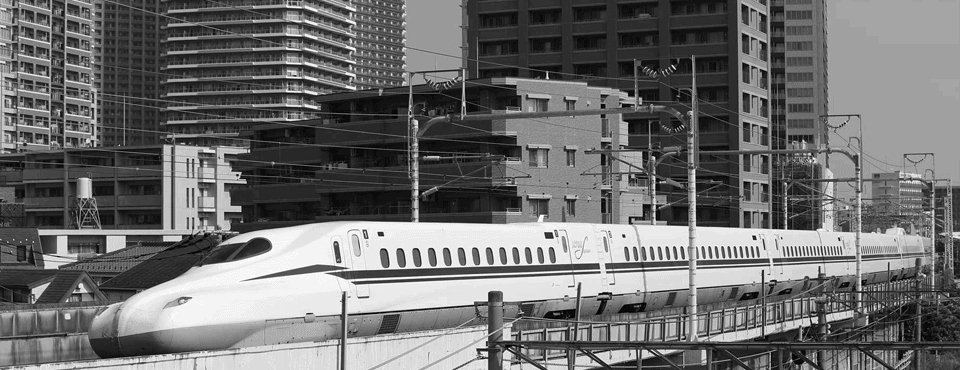
How does high-speed rail change the spatial distribution of economic activity?
The economic and social consequences of investments in transport infrastructure generate heated academic and policy debates because they typically involve costly investments that are supposed to yield high payoffs. Particularly telling examples of large transport infrastructure investments are investments in high-speed rail. A recent paper by Hayakawa et al. (2021) shows that the Shinkansen has had a substantial effect on Japan’s spatial distribution of employment. The relative position of municipalities within the network and their underlying location fundamentals are essential in understanding why the effects of an extensive infrastructure are positive or negative at the local level.
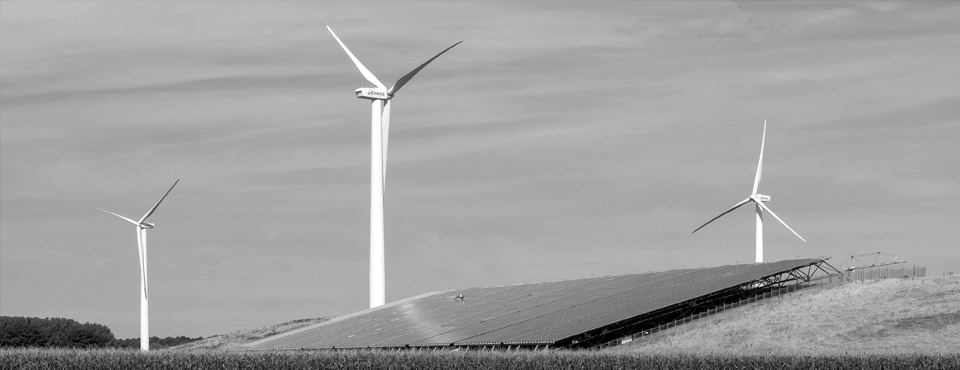
Tall(er) wind turbines lead to lower residential property values
Residential property values are negatively impacted when properties are in close proximity of a wind turbine. Compared to houses further away from wind turbines, house prices of properties within a 2 km radius from wind turbines decrease by on average 3.9 percent. These are the findings of a research carried out by Spatial Economics’ associate professor Hans Koster, together with Martijn Dröes (University of Amsterdam). Koster: “We observe that the effects are somewhat stronger as compared to a study carried out a few years ago. We do not see any major changes in the perception of wind turbines – but wind turbines have become substantially taller in the last years. This explains why the effect is now stronger.”
